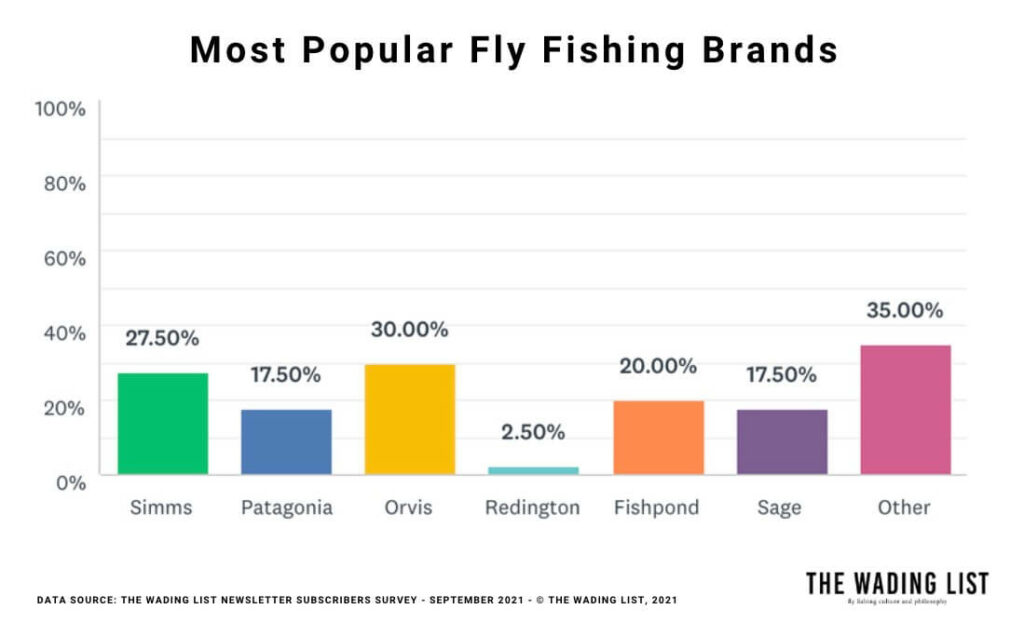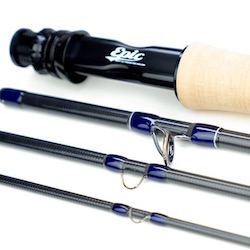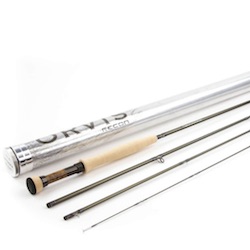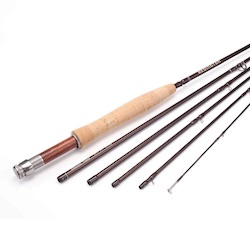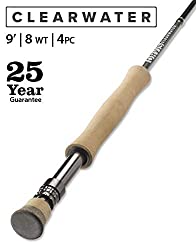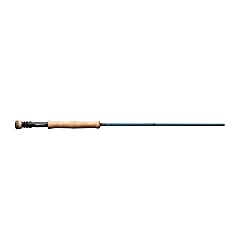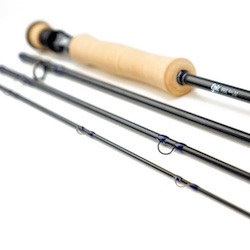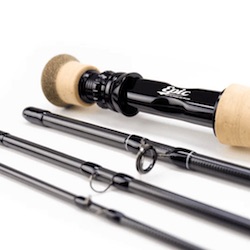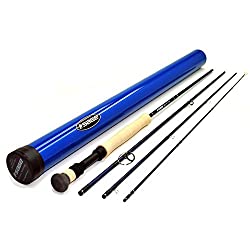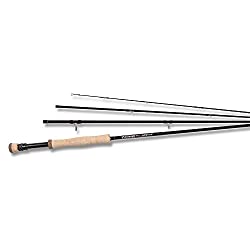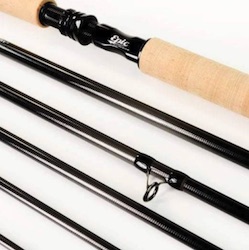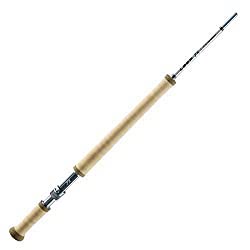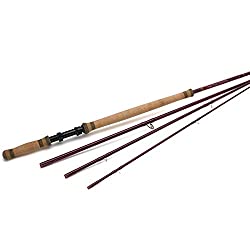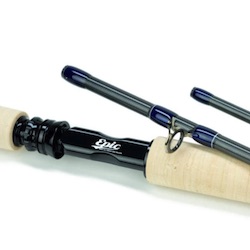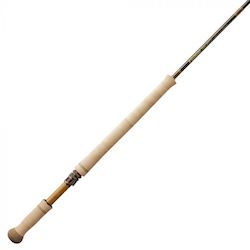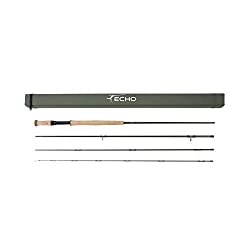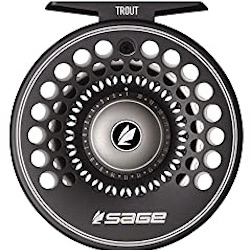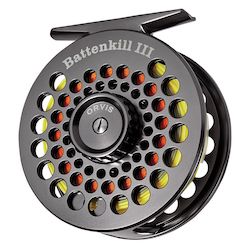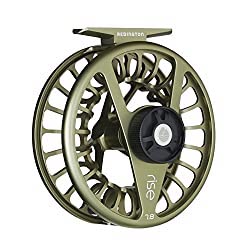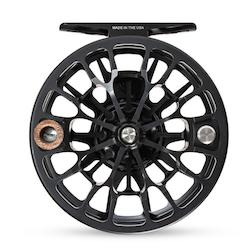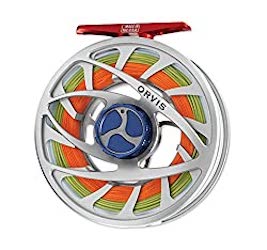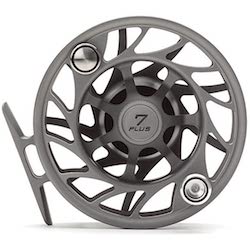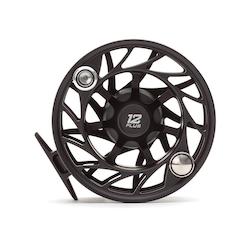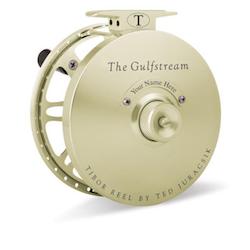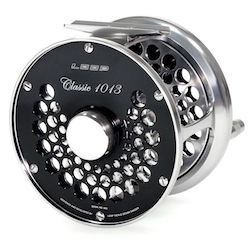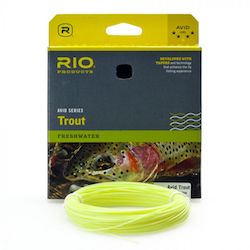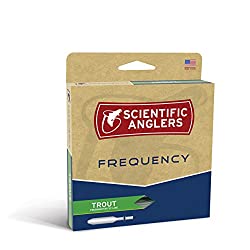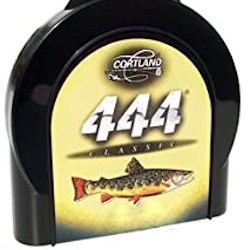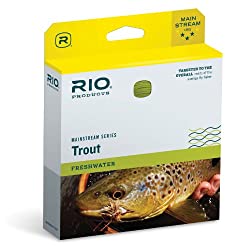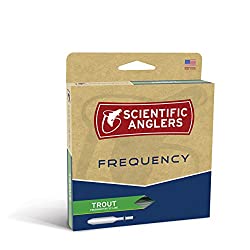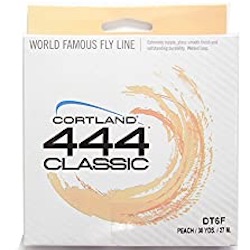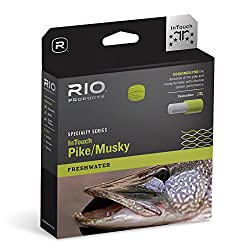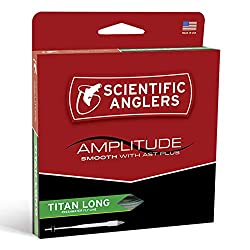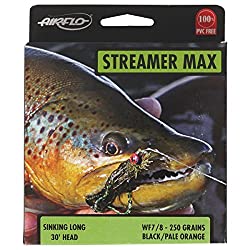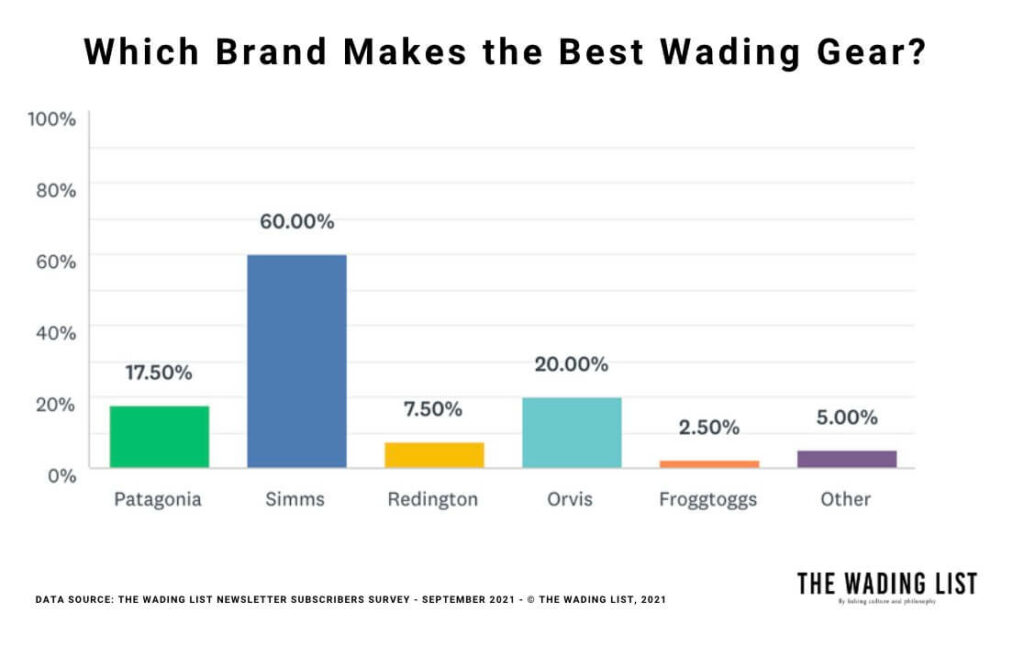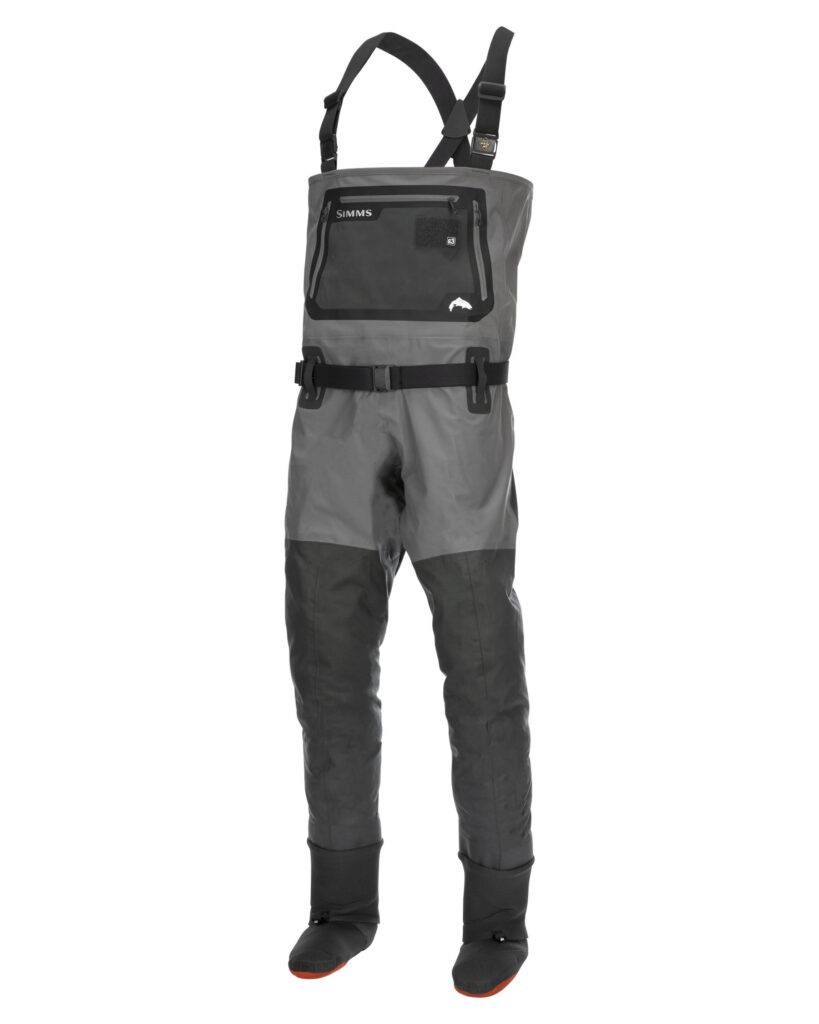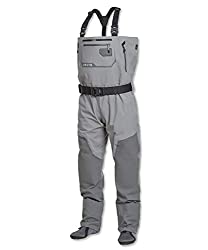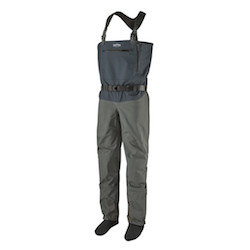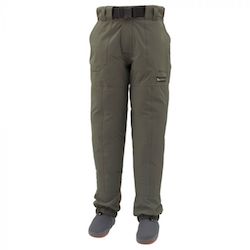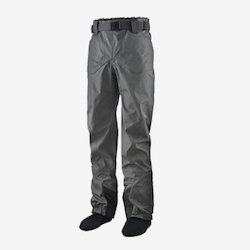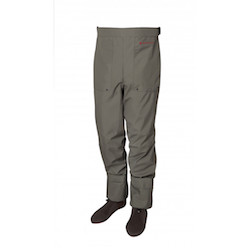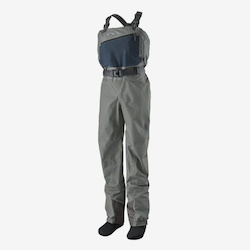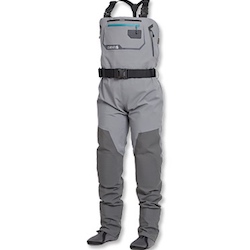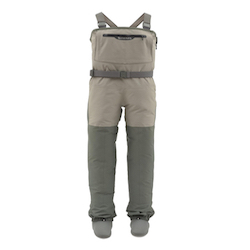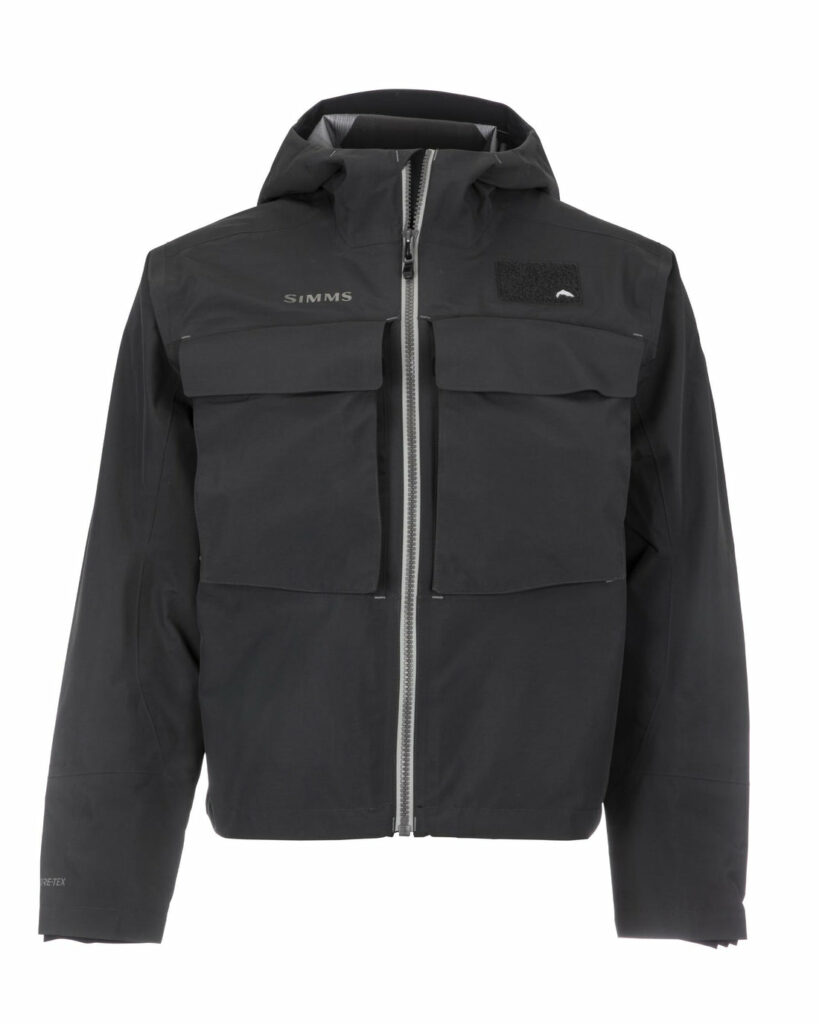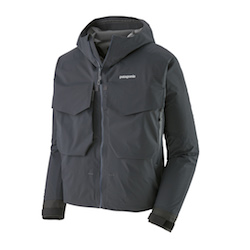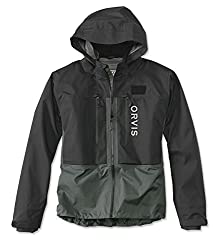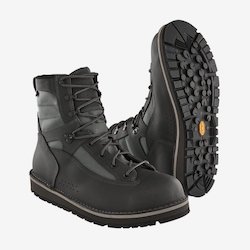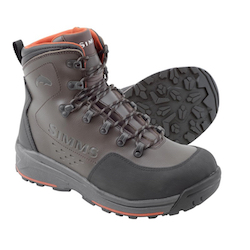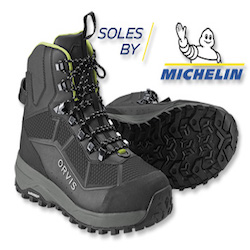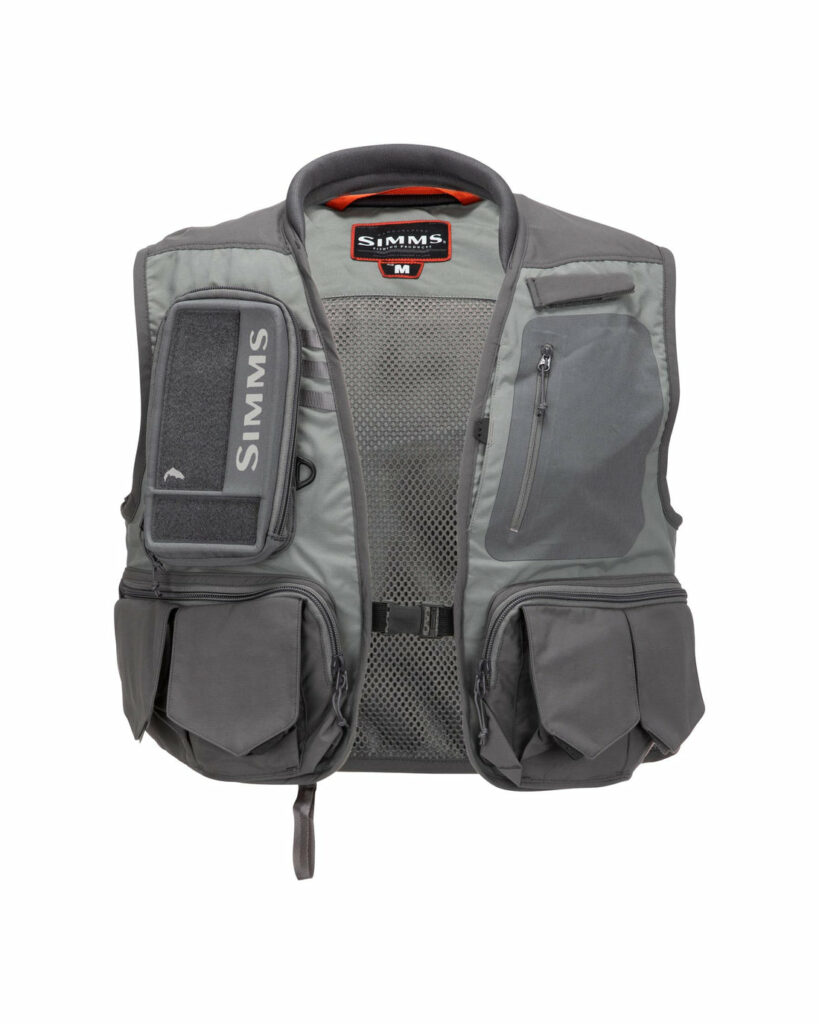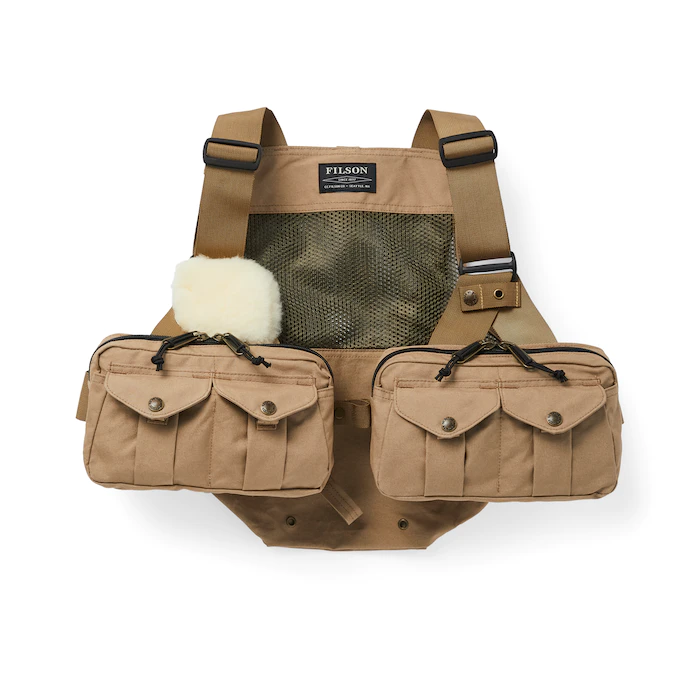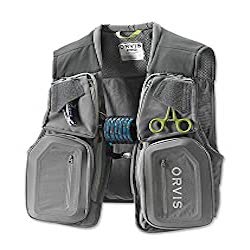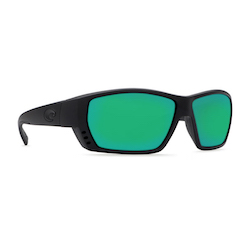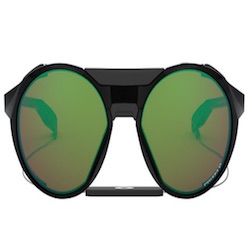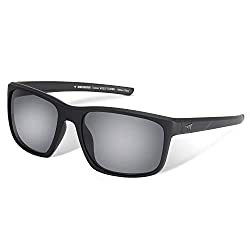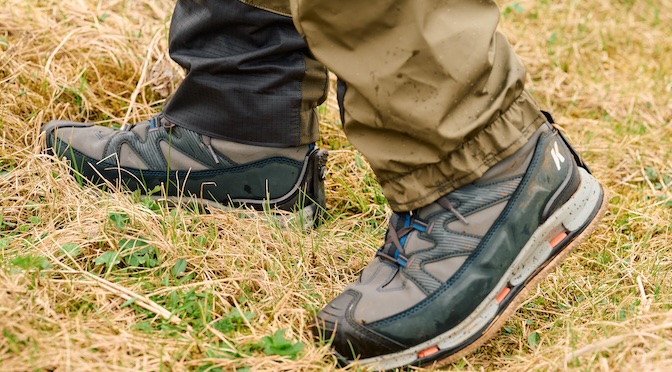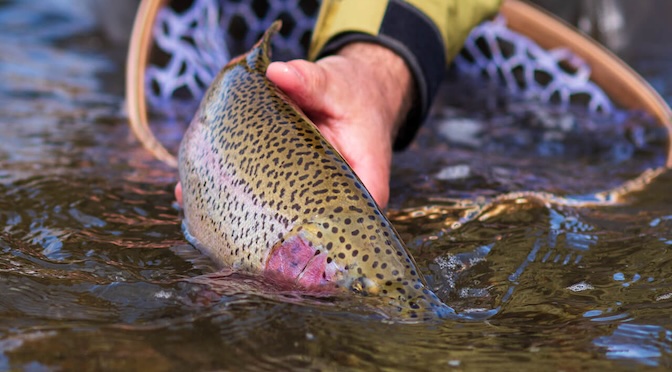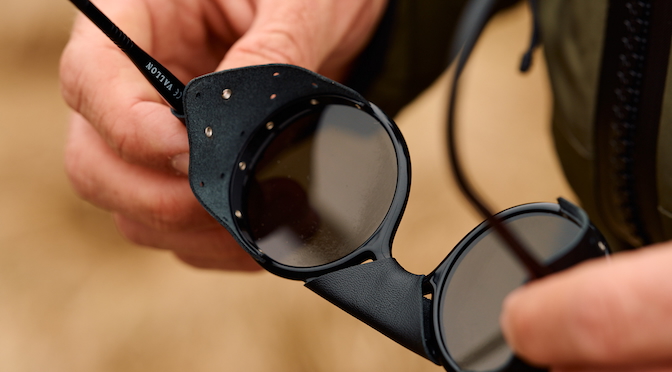Last updated on August 30th, 2023.
- Generational Divide - September 13, 2022
- Mousing for Trout at Night - September 6, 2022
- Best Fly Rod Roof Rack – Top 7 of 2024 – Buyer’s Guide - July 4, 2022
Fly fishing is a type of angling where an artificial lightweight lure is used to catch fish. It is called fly fishing because the artificial lure imitates a real insect (fly).
If the fly is presented correctly fish such as trout will think it is a real insect and eat it. The main difference in the setup compared to normal angling is the fishing line. In fly fishing the line is weighted and serves as the weight that casts the bait. This requires significantly different casting techniques than normal angling.
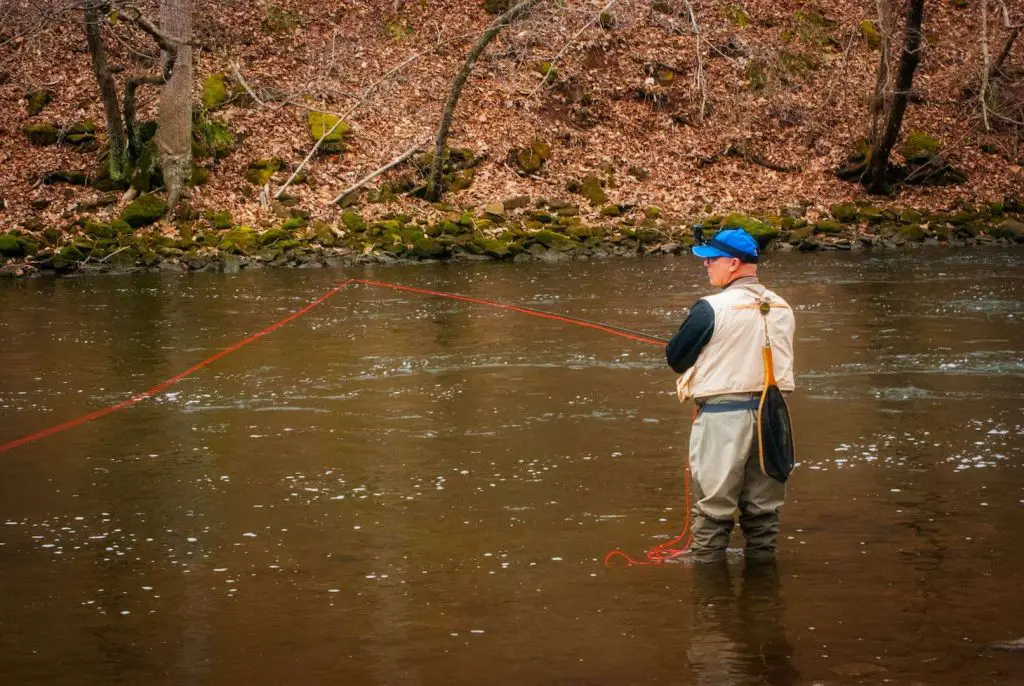
The flies used to catch fish range from dry flies that represent insects on the surface of the water, nymphs that imitate insects under water and streamers that often emulate small baitfish or other organisms.
Fly fishing can be practised in freshwater and saltwater alike. In freshwater it can be done in creeks, rivers, streams and stillwater such as ponds or lakes. In saltwater most of the fishing is done in so-called flats. Those are shallow areas of the oceans in regions such as the Caribbean.
Fly fishing is often called the most beautiful form of angling due to the beautiful motion of fly casting. A lot of fly fishermen and women find a form of meditation in the sport. In many regions of the world fly fishing is practised as catch and release where the fish is let go after catching it. This secures a good population for generations to come.
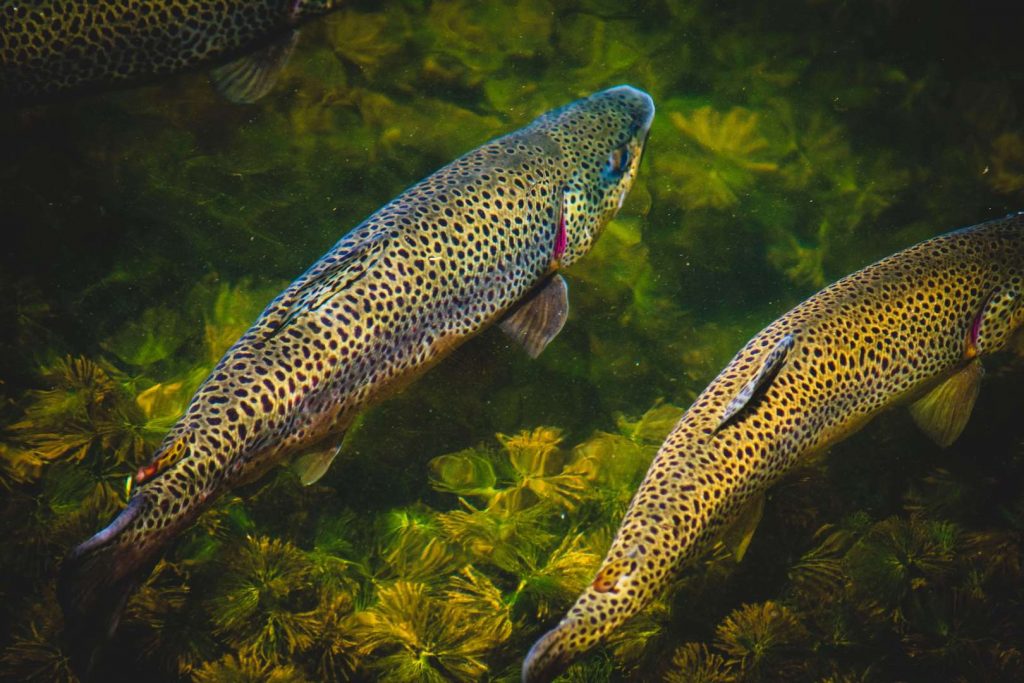
Table of Contents:
1. The History and Origins of Fly Fishing
2.1. Single Hand Casting
2.2. Double Hand Casting / Spey Casting
3. Species to Target on a Fly Rod
3.1. Freshwater Species
3.2. Saltwater Species
4.1. Rods
4.2. Reels
4.3. Fly Lines
4.4. Leader Material
4.5 Flies
5.1. Waders
5.2 Wading Boots
5.3. Wading Jackets
5.4. Fly Fishing Vests
5.5. Sunglasses
The History and Origins of Fly Fishing
The origins of fly fishing go back to the times of ancient Rome where fishermen used red thread to trick the fish and catch them. Also the Japanese tradition of Tenkara that is still practised today was a very early form of fly fishing. It also uses a weighted line but in contrast to fly fishing a reel is missing.
At the end of the 15th century the first book about fly fishing was published: The Treatyse on Fysshynge with an Angle (1496). In the 19th century the first fly fishing clubs emerged in Britain and more books on fly tying (the art of making a fly) and fly fishing techniques were published.
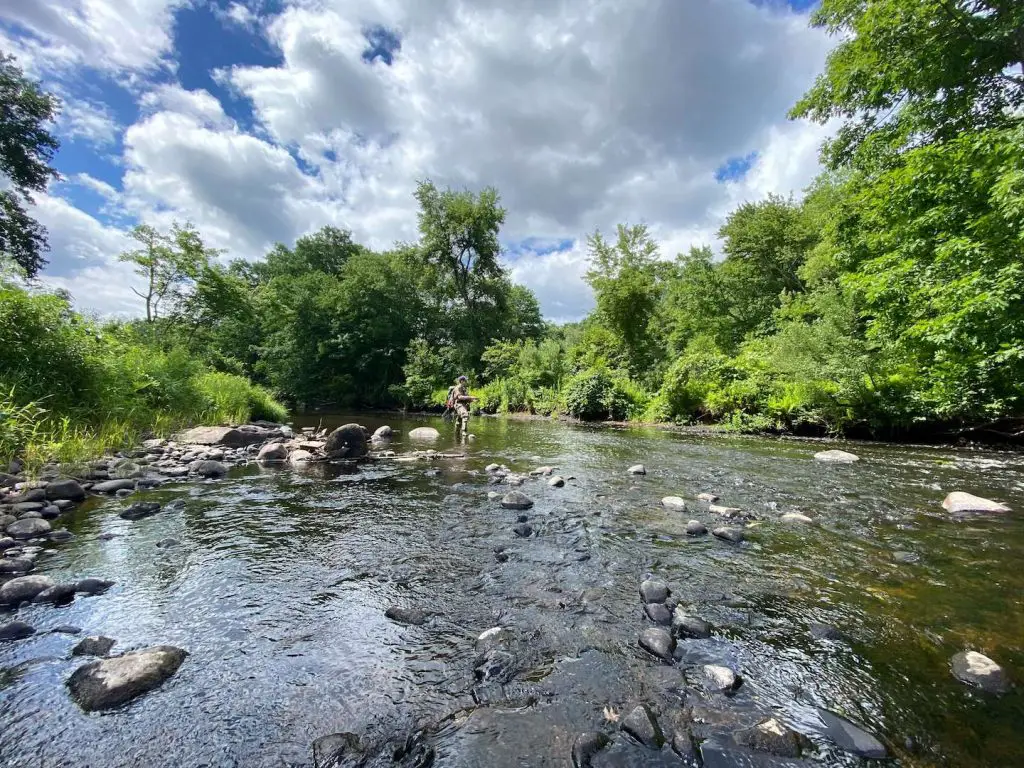
In the US fly fishing experienced a first boom late in the 19th century when rivers like the Beaverkill in the Catskills outside New York City were fished for brook trout. A second wave of popularity followed with the development of fiberglass rods and synthetic lines early in the 1950s.
More recently it has become a very popular outdoor recreation across all ages. Robert Redford’s iconic movie “A River Runs Through It” featuring a young Brad Pitt definitely contributed to the popularity of the sport.
Casting Techniques
Fly fishing can be thought of as a method of casting the line rather than the weight of the lure. Normally this weight is used to pull line from the reel when the forward motion of a cast is executed.
Single Hand Casting
In fly fishing a fly is too light to serve as the weight of the cast. Since the fly line is weighed and heavier than a normal line for angling it can be cast with the right technique. A so-called loop forms that transports the fly to the desired position. In the most basic form the angler whisks the line back over the shoulder to load the road with several movements. Here is what this looks like:
Video: Courtesy of Orvis
Most of the casting in fly fishing is so-called single hand casting where as the name suggests only one hand is used to execute the cast. The overhead cast is the most commonly used technique. Besides that there are more techniques such as the roll cast, the under hand cast or a single spey.
Double Hand Casting / Spey Casting
On larger rivers double hand or spey casting is practised as well. As the name suggests both hands are used in this fly fishing style. Spey casting requires longer and heavier rods. In its essence its a large roll cast that was developed in the Scottish Spey region to fish big rivers for salmon. It requires basically no space behind the caster and was hence used where high banks made an overhead cast impossible. Nowadays there are many more situations where fly fishermen use two handed rods for other species as well.
Video: Courtesy of Ian Gordon
What is Fly Fishing: Species to Target on a Fly Rod
Freshwater Species
The majority of fly anglers execute their sport in freshwater. Trout fishing is certainly the most popular and traditional category. Traditionally fly fishing in cold water was mostly done on rivers and streams. In recent years however fly fishing for predatory species such as pike or bass has become increasingly popular and hence still bodies of water such as ponds or lakes have become places to fly fish.
Besides trout fishing, fly fishing for salmon with big two handed rods is very popular on both sides of the Atlantic. Fly fishermen in Scandinavia and Eastern Canada target the Atlantic salmon with their fly rods. It is certainly one of the most sought after species to catch on a fly rod.
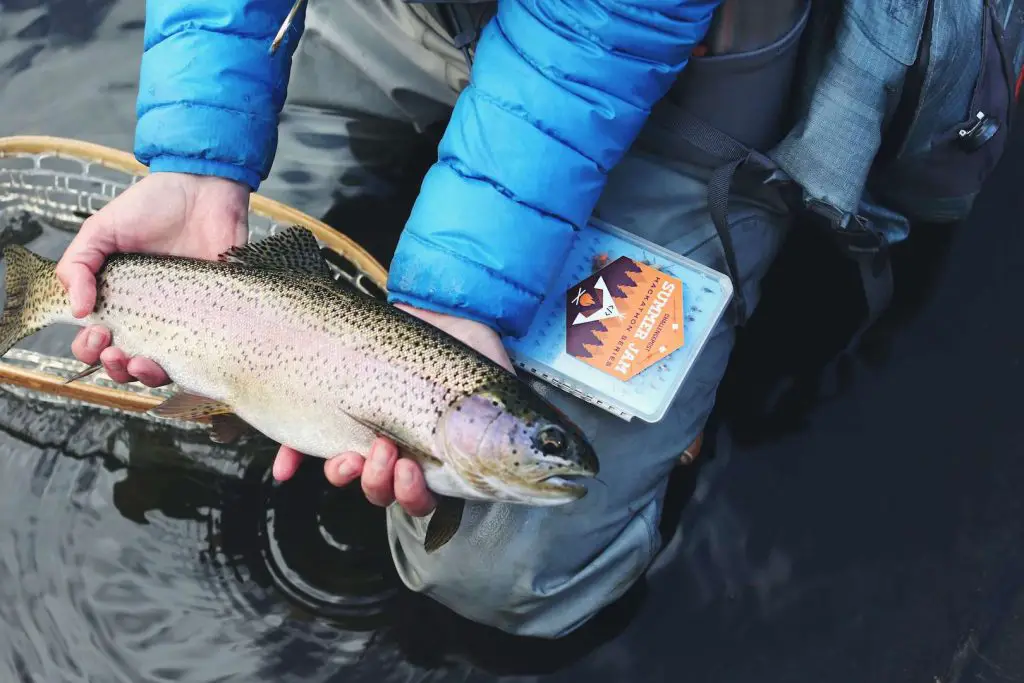
On the West Coast of the US and Canada Pacific salmon and Steelhead (migratory Rainbow trout) are some of the species that fly fishermen go after.
Saltwater Species
Fly fishing in saltwater is also very popular amongst fly fishermen around the world. Often the species targeted there are very strong and therefore a lot of fun to catch on a fly rod. Some of the most popular species to catch on a fly in saltwater are Bonefish, Permit and Giant Trevally (GT). Besides the Caribbean, a number of places in the Indian Ocean have turned into hotspots for saltwater fly fishing.
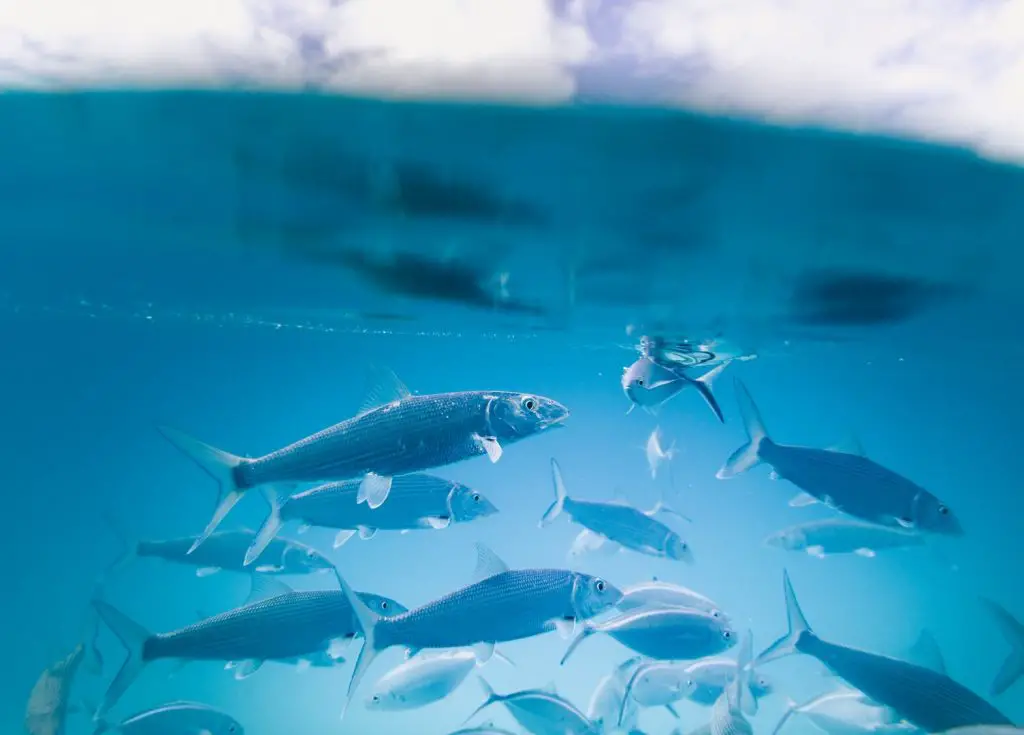
Besides saltwater fly fishing in warmer regions, places like Scandinavia, Great Britain, Ireland and Germany have a tradition of targeting trout in the ocean. The seatrout (a migratory form of brown trout) populate the coasts of these countries and are a precious target for fly fishermen.
Fly Fishing Tackle
The tackle in fly fishing can be categorized into rods, reels, lines, leader material (tippet) and flies. We will take a look at different kinds of flies a little later.
Fly Rods
As a rule of thumb we can differentiate single handed rods and double handed rods. Over the last few years so-called switch rods emerged as well. They try to combine the best of both worlds from single handed and double handed rods.
Single Handed Rods
Single handed rods come in a vast variety of lengths and weights enabling fly fishermen to cover all sorts of situations. They are divided into so-called line classes ranging from #1 – #12 as a rule of thumb. The higher the number, the heavier the rod, the bigger and stronger the fish you target with them.
The first rod you would get when you start fly fishing would probably be a rod to catch trout. This rod is usually a #5 (5 weight) with a length of about 9 feet (9′). This rod enables you to cover most fishing situations you will encounter when targeting trout and other (smaller) freshwater species such as char or grayling.
Disclaimer: All products in this guide are independently researched by our team. We only recommend products we believe in and never get paid for the reviews. Learn more about our review process here.
Here is a selection of trout fly rods we recommend:
The next big category in single handed rods would generally speaking be a rod to target pike and bigger freshwater fish. In most cases this rod would be an #8 or #9, again of about 9′ in length.
Here is a selection of pike fly rods we recommend:
If you are after big and strong saltwater species you should consider getting a rod in the #12 (12 weight) range that can handle the power of these fish.
Here is a selection of heavy saltwater rods we recommend:
Double Handed Rods
As mentioned above the traditional use of two handed or double handed rods were the big rivers of Scotland like the Spey where the technique originated. If you want to get a double handed rod most of you will be looking to catch Atlantic or Pacific Salmon. Usually that means a big 14”-15” rod with a line class of #10/#11.
Here is a selection of two handed rods we recommend to target Atlantic Salmon:
Besides traditional Spey Casting for salmon the so-called trout spey has seen a rise in recent years. (Big) trout can often be caught in wider rivers where the use of a double handed fly rod comes in handy, especially when you are swinging flies all day long. If you want to try that technique take a look at these rods:
This is just meant to give you a general overview. Of course there are many more techniques that require special equipment. Once you start fly fishing you will learn about these techniques and can get more tackle. In the beginning it’s most important to spend time on the water, practise and have fun.
Fly Reels
Fly reels are a bit like watches. You can really go crazy about them. Here again we want to give an overview of what’s out there.
Trout Reels
As a rule of thumb trout reels need to hold the fly line and some backing (additional line connected to the fly line that can be pulled off the fly reel when a fish is running). Trout reels can have a braking system but don’t have to. This is more important when fighting stronger fish.
Here is a list of trout reels you can’t go wrong with:
Pike and small salmon reels
The next bracket of fly reels is in the #8 weight range. These reels are used for single hand rods to target big freshwater fish such as pike. You can also use these reels for smaller salmon rivers for example in combination with smaller double handed rods. If you want to be worry free for years to come you can consider picking a reel that can also be used in saltwater.
Here is a selection of fly reels for the #8 range:
Big reels for salmon and saltwater
If you want to target big Atlantic salmon or saltwater species like Tarpon or GTs you need heavy, reliable reels. You want to pay attention to the drag system and make sure the reel can be used in saltwater as well.
Here is a list of reels you can consider for such use:
Fly Lines
The fly line is one of the most important parts of your tackle. It has to suit the rod otherwise you will have difficulties making a proper cast. Usually single hand rods are cast with integrated fly lines where a head is seamlessly connected to the running line.
When using double handed rods shooting heads have become the standard. They use shorter heads that are connected to a running line with a loop to loop connection. That makes changing the setup easier. Nowadays you can also fish shooting heads on single hand rods and integrated lines on double handed rods but traditionally that is the way it used to be.
Trout Lines
When fishing for trout most fly fishermen use weight forward (WF) lines nowadays. They have a heavier head (than double taper (DT) lines) and are easier to cast. Double taper lines were the standard a few years back. They have a longer, more even taper design that enables a more delicate presentation – especially when dry fly fishing. They also have the advantage of multiple usage. Once the front taper has been in use for a while you can simply flip it around and fish the other end of the line. The double taper design makes it possible.
Here is a list of WF trout lines we recommend:
Here is a list of DT trout fly lines we recommend:
Fly lines for pike, etc.
Fly lines for heavier fish in freshwater caught using single hand rods such as pike are built the same way as trout lines. They also fall in the categories of WF (weight forward) and DT (double taper) lines.
Here is a list of pike fly lines we recommend:
Fly Lines for Double Handed Rods
As mentioned before the gold standard in fly fishing double handed rods for Atlantic and Pacific salmon are shooting heads. A double handed salmon setup can need a bit of work in terms of the perfect configuration. If you want to get into this kind of fishing you should contact your local fly shop. They will help you figure something out.
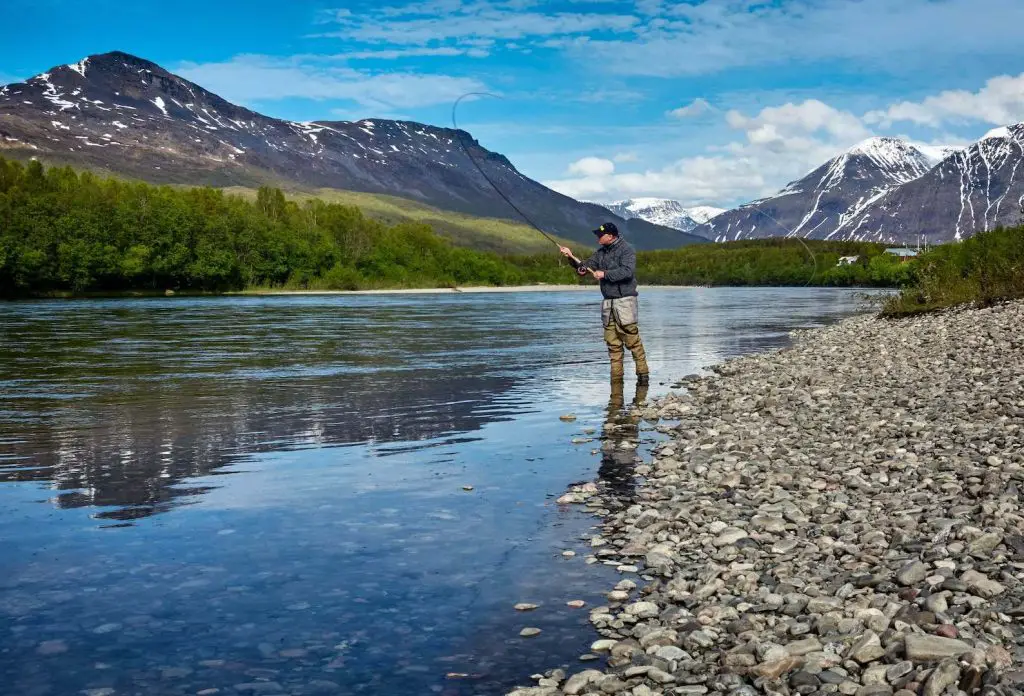
Leader material (tippet)
In order to tie a fly to a line you need a so-called leader material (tippet). It is a piece of monofilament of approximately 6-8” in length. Depending on the species you want to target it is bigger in diameter and hence stronger.
Flies
As a rule of thumb flies are grouped into two big categories: imitative or attractive. The imitative flies closely resemble natural food of the fish, such as insects. Attractive flies on the other hand trigger the instincts of predatory fish and cause them to grab a fly.
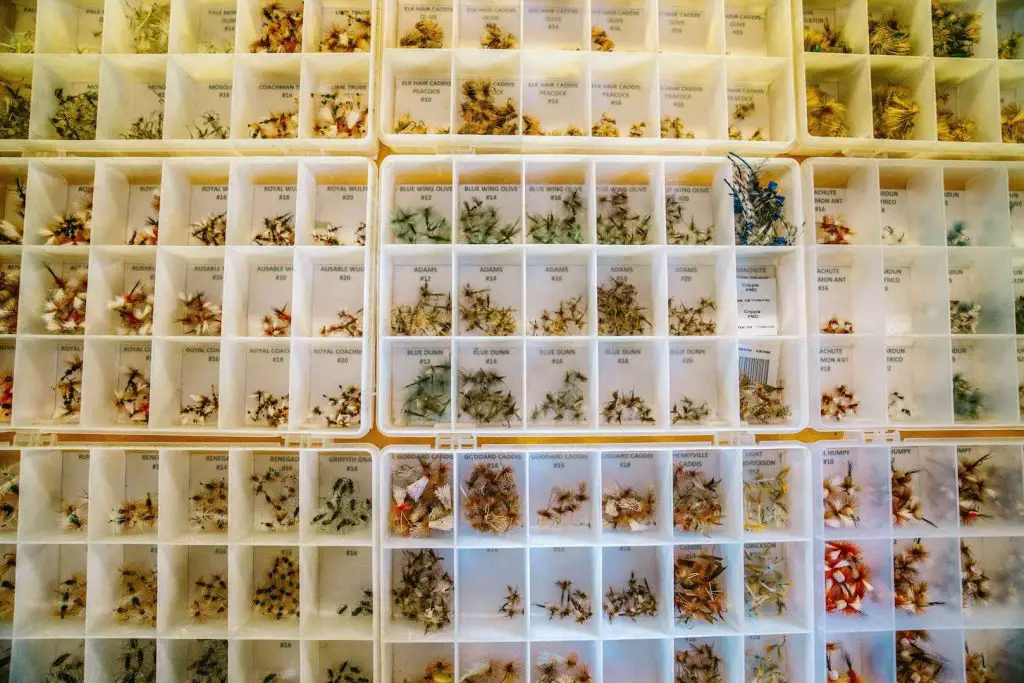
Flies can be fished on the water’s surface (dry flies), partially submerged (emergers) or under the surface of the water (wet flies, nymphs and streamers).
Fly Fishing Gear
Fly fishing has become so popular over the years because it allows anglers to immerse themselves into nature. When thinking of fly fishing a lot of people have the association of anglers standing in a river. Although that is not necessary it can be helpful to wade into the water to reach stretches further out where fish may hold.
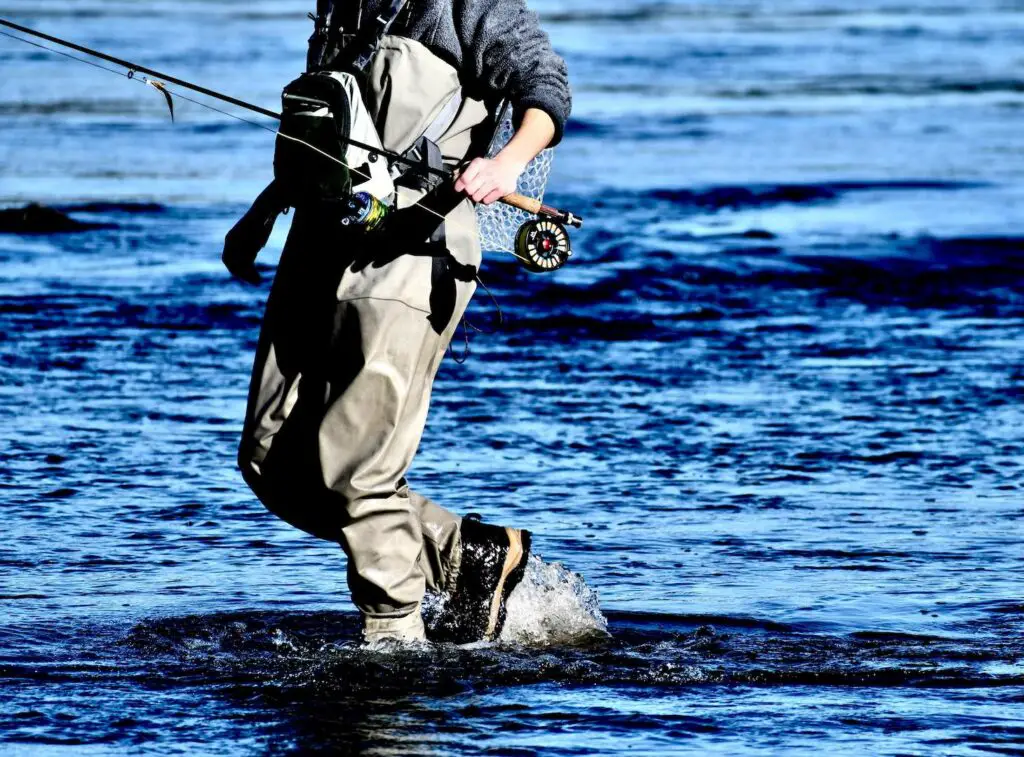
In order to do so wading gear is crucial in fly fishing. Waterproof waders and wading jackets guarantee to keep you dry and wading boots with good soles ensure you always have enough grip when wading.
Waders
Waders come in a range of different styles in fly fishing. The most common is a chest high pair of waders that enables you to wade deep when necessary. If you are mostly fishing in warmer regions you can consider getting a pair of waist high (hip waders) for increased breathability.
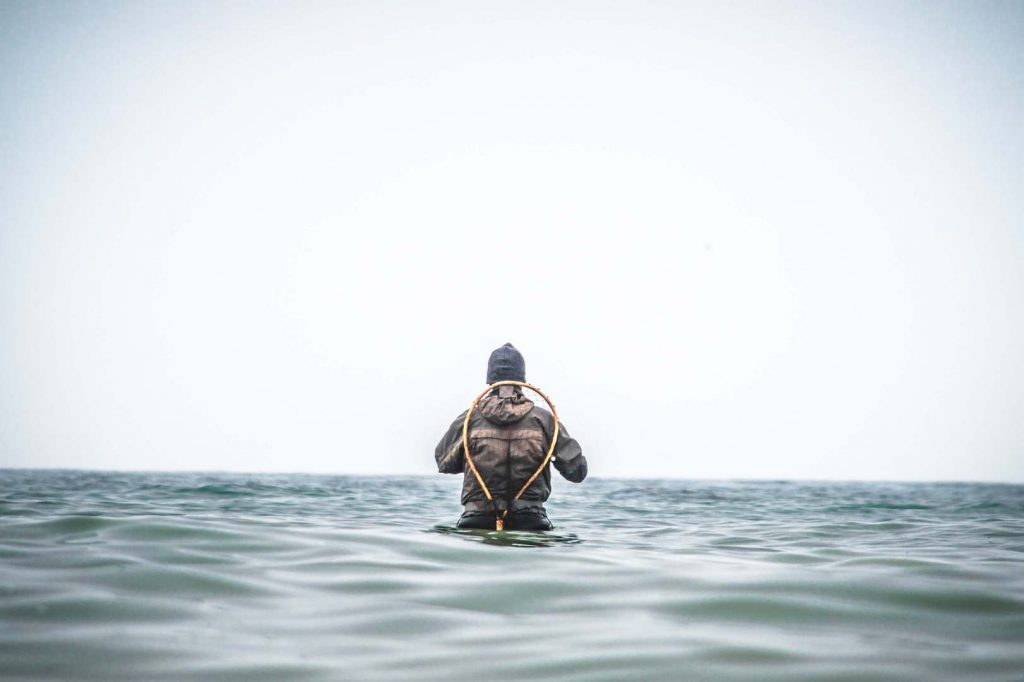
You should invest in a quality pair of waders since they need to withstand a lot of abrasion and wear and tear.
Here is a list of chest waders we recommend:
Here is a list of hip high/waist waders we recommend:
Here is a list of women’s waders we recommend:
Wading Jackets
The same characteristics that apply to waders hold true for wading jackets. Invest in a quality product as it can make the difference between a great and frustrating day on the water. A good wading jacket needs to have a number of pockets for storing fly boxes and other stuff and needs to be waterproof.
Here is a selection of quality wading jackets we recommend:
Wading Boots
Like in hiking, wading boots are an essential part of your fly fishing experience. If you slip and slide when wading a day out on the water can turn into a frustrating experience. You can’t go wrong with these wading boots:
Fly Fishing Vests
If you want to bring a bit of gear to the water a fishing vest can be a good investment. It gives you additional pockets to store fly boxes, priests, tippet spools, lunch, etc. Check out our Guide to Fly Fishing Vests to learn more about the topic. Here is a selection of great fishing vests you will use for a long time:
Fly Fishing Sunglasses
Last but not least we want to take a look at fishing sunglasses. They are absolutely crucial when heading out to the water for multiple reasons. First of all a pair of glasses protects your eyes, first and foremost from flies. Especially when starting out getting a fly into your eye when casting can happen quickly.
On top of that fly fishing sunglasses protect your eyes from the glaring sun and dust. Most of all a quality pair of polarized sunglasses enables you to look “into” the water and see fish that you wouldn’t see without glasses. Learn all about polarization and glass colours in our Guide to Fly Fishing Sunglasses.
Here is a list of polarized fly fishing sunglasses you can’t go wrong with:
We hope this article has given you a good idea of what fly fishing is all about. Please browse The Wading List for more stories on fly fishing. If you have questions or comments feel free to reach out to us at info@thewadinglist.com.
Fly fishing is a type of angling where an artificial lightweight lure is used to catch fish. It is called fly fishing because the artificial lure imitates a real insect (fly). If the fly is presented correctly fish such as trout will think it is a real insect and eat it.
Note: If you click one of the links and end up purchasing a product we earn a small commission at no extra cost for you. We only recommend products we have tested personally and believe in. Thanks a lot!

